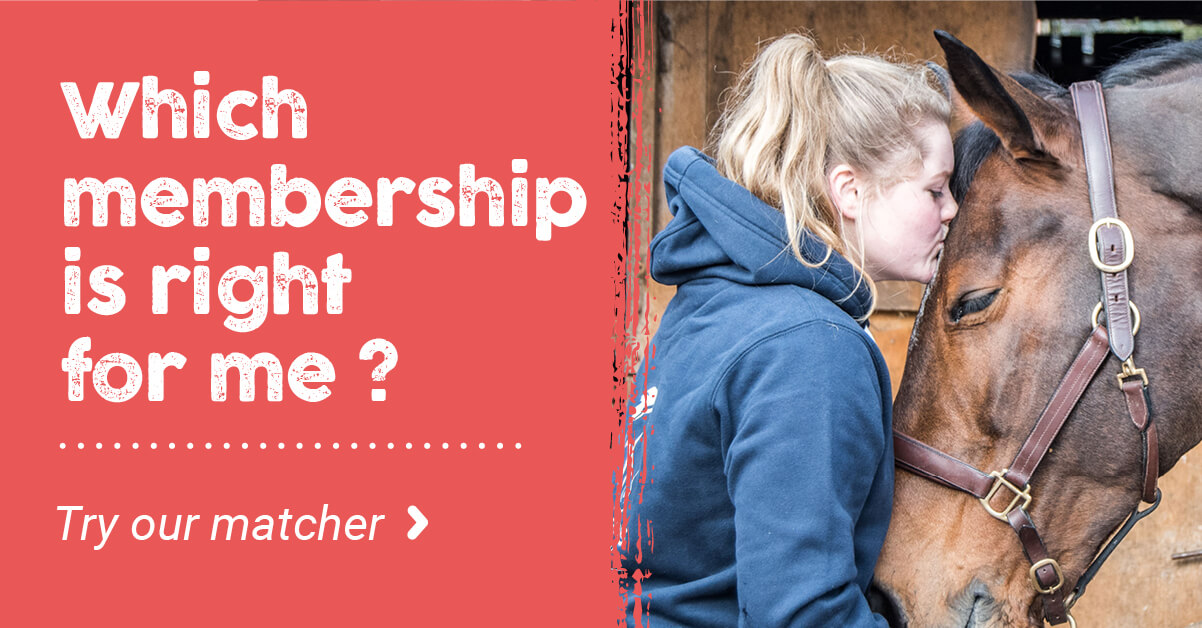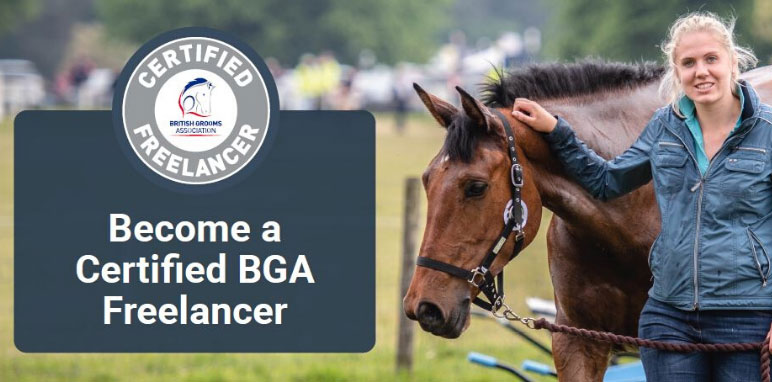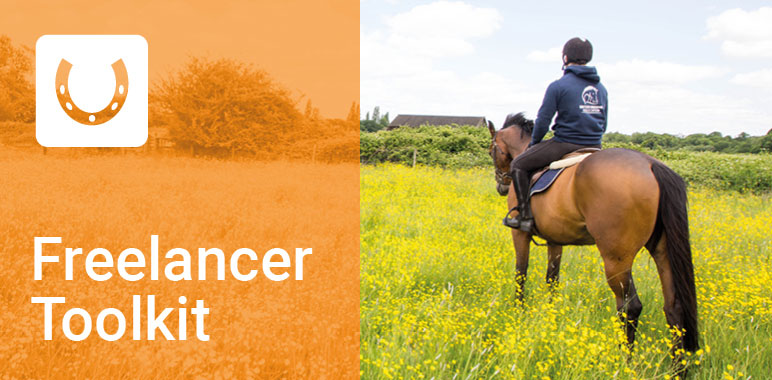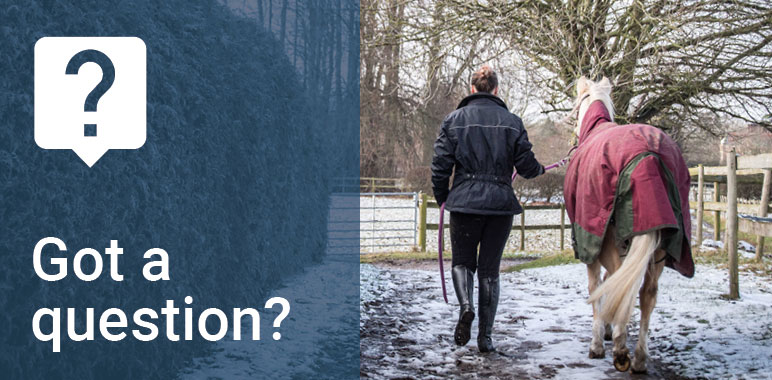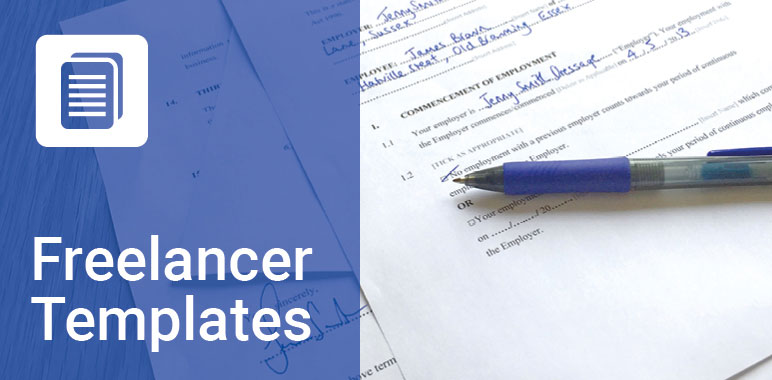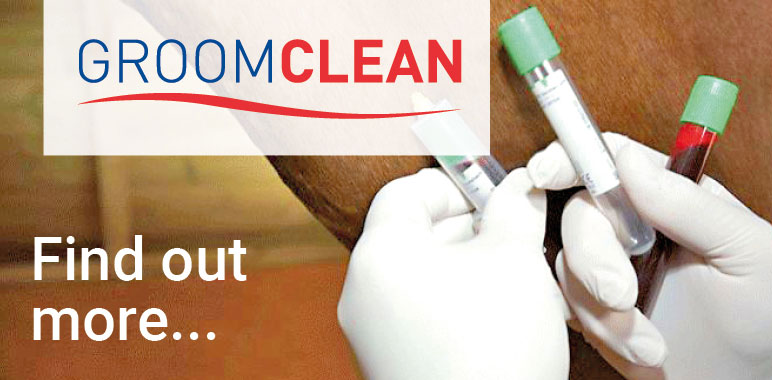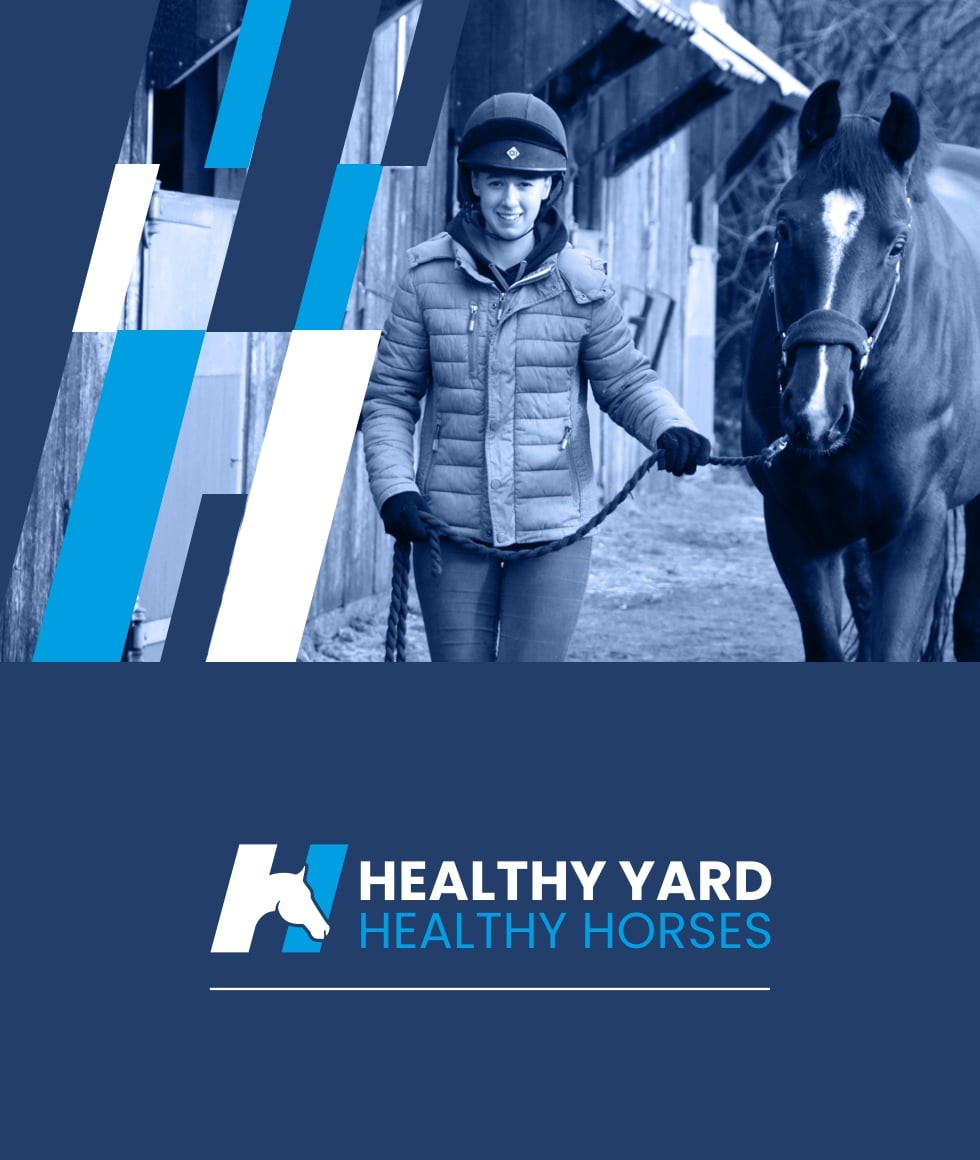- Join Now
- Login
- Member Zone
- Your Career
- Freelancing
- International Grooms Association
- BGA Training
- Healthy Yard Healthy Horses
- Transporting horses
- Brexit
- Safe workplace
- Student Zone
- Member Discounts
- BG Magazine
- Member services
- My employment
- Am I employed correctly
- Grooms Minds
- Safeguarding
- Legal Helpline
- BGA guide to the National Minimum Wage
- Training & Careers
- BGA CV Creator
- Horse groom training
- Where to Train
- BGA E Learning
- Career choices
- Change to Racing
- First Aid training for grooms
- Parents
- Grooms Jobs
- Grooms Life
- About
- News
- Contact

News with a View - Pensions made easy
15th June 2017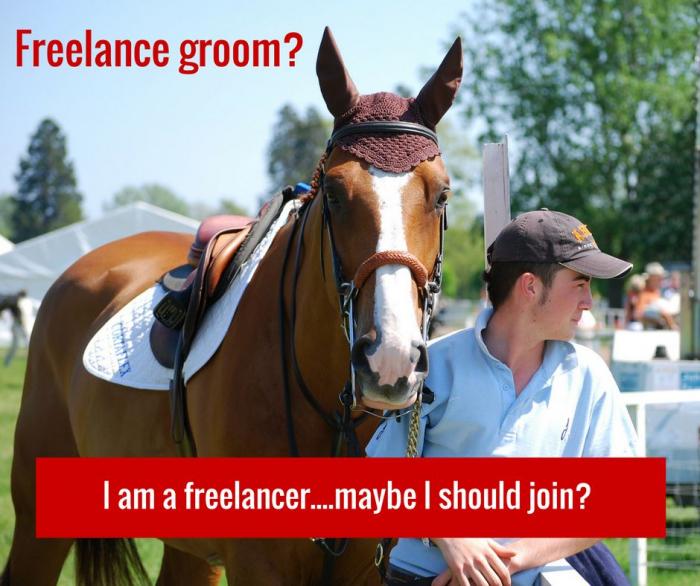
BGA Ambassador and freelance groom Kate Vickers explains.
If you’re self-employed, saving into a pension can be a more difficult habit to develop than it is for people in employment. Employers are obliged to automatically enrol their employees into a workplace pension scheme but if you’re self-employed then it’s up to you to start a pension.
This means that many self-employed people may struggle to make ends meet in later life, as currently the maximum state pension is currently only £155.65 a week, and the state pension age is rising.
If you want to check your enttitlement to a state pension and see if you have gaps in your National Insurance contributions you need to have a government gateway password. You will have one of these already if you file self assessment tax returns online. If not register here: http://www.gateway.gov.uk/
Once you have a log in and password you need to go to this page and use the “Start now” buttotn and then confirm your identity using your government gateway details.
https://www.gov.uk/check-state-pension.
Once logged you will be able to see your National Insurance record which will show if you have any gaps and how many full years you have paid.
You will also be able to see your State Pension forecast and the year you will be eligible. This show you how much you could get if you keep paying National Insurance and also how much it would be based on your current payments.
After reviewing this information you can then decide if you need to be paying into a private pension as well as relying on a State Pension.
When you’re ready to set up your self-employed pension, you have several options, including a personal pension, a self-invested personal pension (SIPP) or a stakeholder pension. The government scheme NEST (National Employment Savings Trust) is now open to self-employed people too. There’s no best pension for the self-employed, and what fits best will depend upon your individual circumstances.
Need more advice? Don't worry we are here to help. We have a whole section in our members area on freelance grooming and everything you need to know.
What the personal accident policy covers you for:
- Whilst at work
- All stable duties – mucking out, grooming, washing off, turning out
- Clipping
- Riding – including hacking and jumping
- Hunting
- Lunging
- Breaking in
- Holding horse for a vet and other procedures
- Travelling horses both in the UK and abroad
- Competing in line with your job including: jumping, dressage, eventing
- Injuries that may happen to you whilst you are teaching - but you must also be grooming as part of your duties and not be a sole instructor
What the personal accident policy doesn’t cover you for:
- Riding in a race, point to point or team chase
- Stunt Riding
- Accidents occurring whilst travelling to and from work
- Riding and competing your own horse (but you can upgrade when applying for membership to include this)
- Public Liability – this is a separate insurance policy - the Freelance Groom Liability Insurance
- Care Custody and Control – this is a separate policy - the Freelance Groom Liability Insurance
If you require additional cover then please contact KBIS directly.
| GROOM | RIDER | EMPLOYER | |
|
When you are working for other people you do most of the following; muck out, turn out/catch in, tack up, groom horses, exercise Horses (including hacking, jumping and schooling), in the care of your employer/client. |
|
|
|
| Predominantly ride horses for other people including schooling, exercising and competing. | NO |
YES |
YES |
| Provide grooming services for someone else either full time or on a freelance basis i.e. an employer or a client. | YES |
NO |
NO |
| Employ staff – have an employers liability policy in your name | NO | NO | YES |
| Buy and sell horses | NO | YES | YES |


